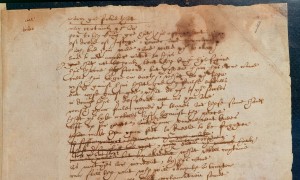I’m really looking forward to our two panels representing what you might call the diasporic CMT at the Renaissance Society of America Annual Meeting in Boston this Thursday:
The Early Modern Material Text I: Reading, Collecting, Compiling
Thu, March 31, 8:30 to 10:00am, Park Plaza, Mezzanine, Georgian Room
Chair: Anne E. B. Coldiron, Florida State University
Jason Scott-Warren (Cambridge), ‘Cut-and-Paste Bookmaking: The Private-Public Agency of Robert Nicolson’
Harriet Phillips (QMUL), ‘The Ballad and the Source: Collecting Ephemera in the Seventeenth Century’
Juliet Fleming (NYU), ‘Gleaning’
The Early Modern Material Text II: Surface, Image, Point
Thu, March 31, 10:30am to 12:00pm, Park Plaza, Mezzanine, Georgian Room
Chair: Jason Scott-Warren, Cambridge
Lucy Razzall (QMUL), “Like to a title-leaf”: Textual Surfaces in Early Modern England
Sarah Howe (Harvard, Radcliffe Institute), “Disjunctive” Prints: Reading Illustrated Books in Early Modern England
Andrew Zurcher (Cambridge), ‘Shakespeare’s Paronomastic Pointing’
Now all we need is an audience. If you’re going to be at the RSA, please come!
